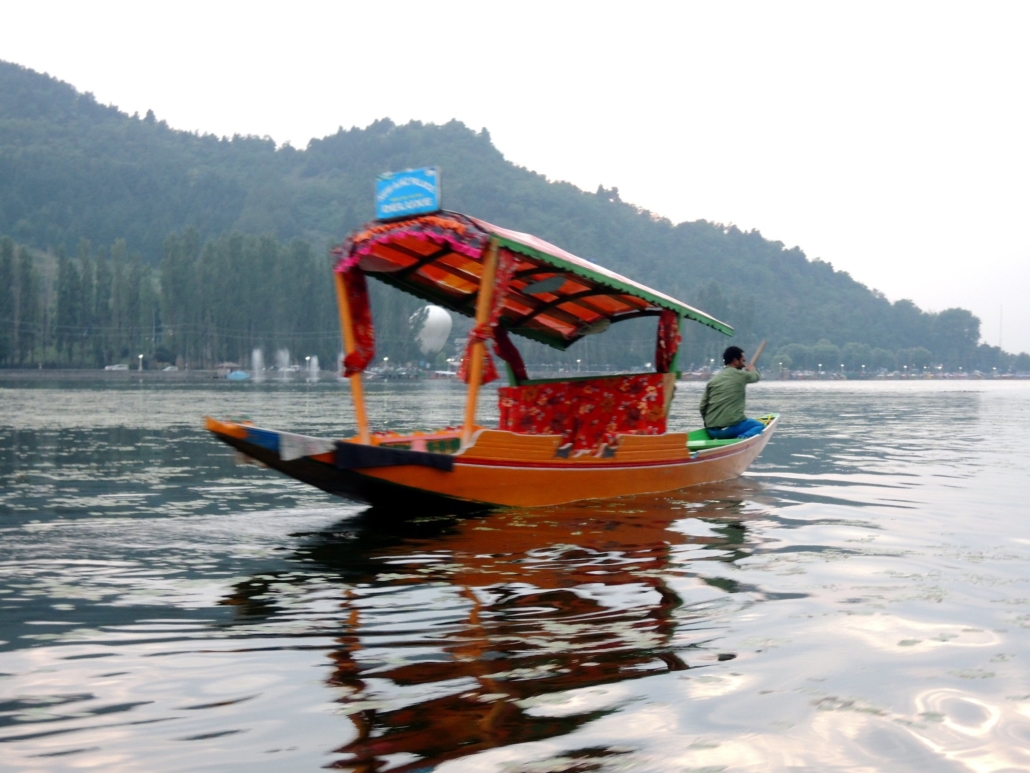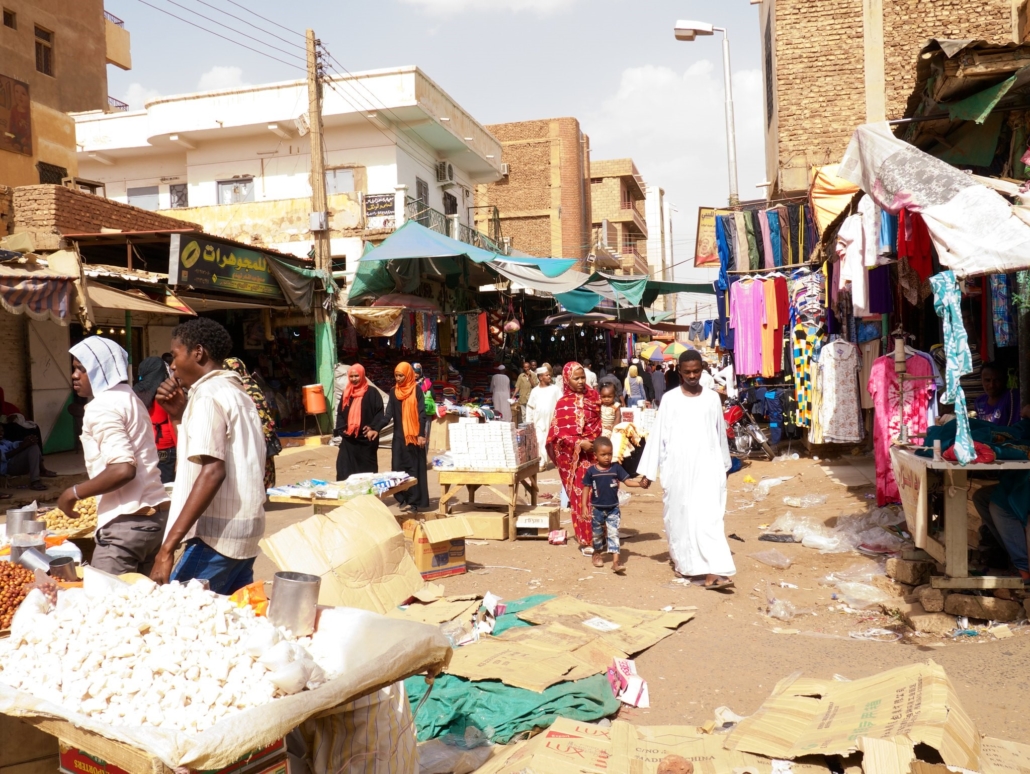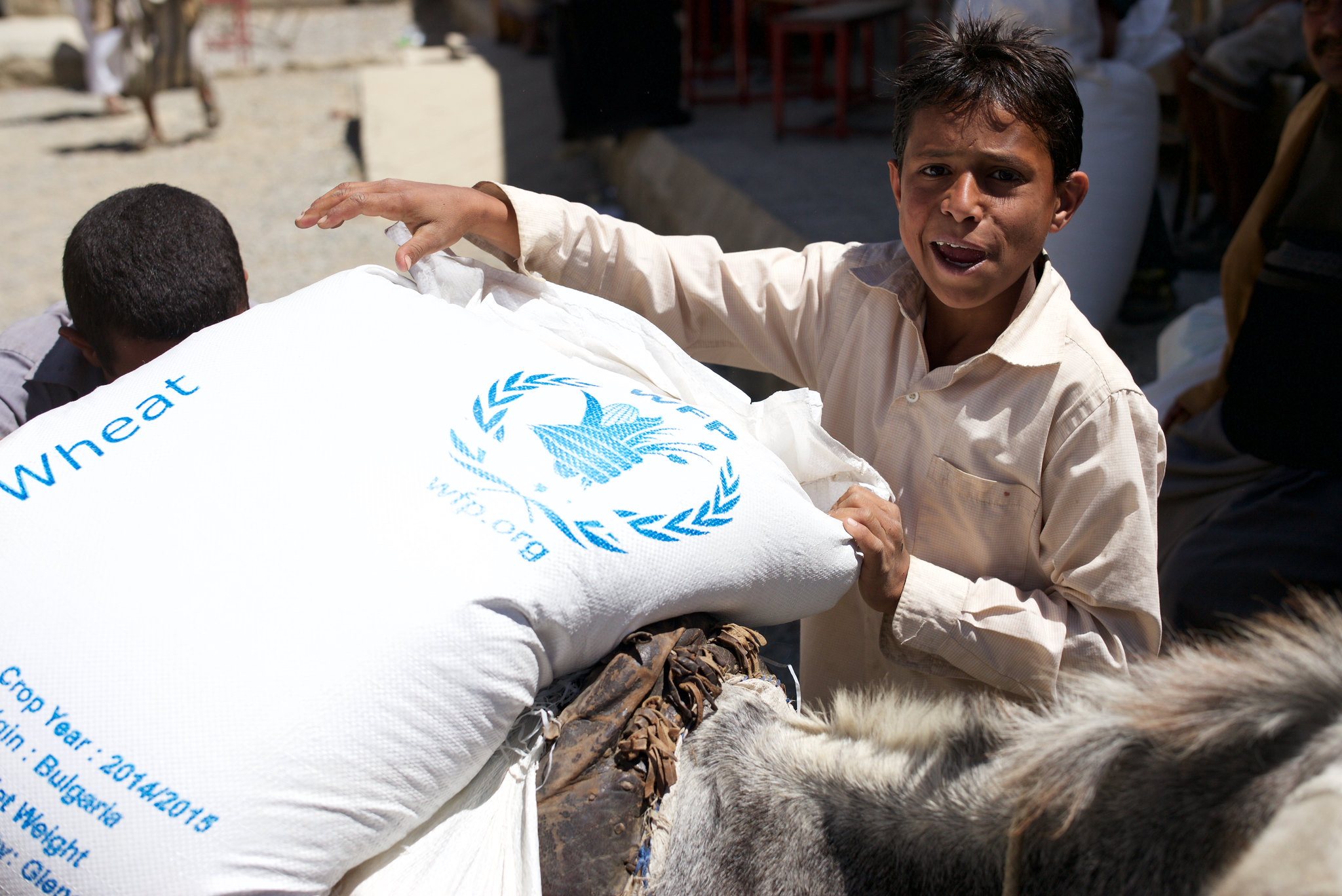 War and conflict exacerbate existing poverty. According to the World Bank’s 2007 Global Monitoring Report, fragile states, defined as those in civil war or without legitimate authority to make collective decisions, account for one-fourth of global poverty. In low-income countries, poverty rates average 22%, whereas, in states with conflict, the rates skyrocket to 54%. Poverty in Yemen is no exception to this trend. Yet, the world may consider Yemen the example of conflict exacerbating poverty if fighting continues. The 2019 United Nations Development Project (UNDP) report, Assessing the Impact of War in Yemen, estimates that Yemen could rank as the poorest country on Earth by 2030 if the conflict continues. Here is some information about the relationship between conflict and poverty in Yemen.
War and conflict exacerbate existing poverty. According to the World Bank’s 2007 Global Monitoring Report, fragile states, defined as those in civil war or without legitimate authority to make collective decisions, account for one-fourth of global poverty. In low-income countries, poverty rates average 22%, whereas, in states with conflict, the rates skyrocket to 54%. Poverty in Yemen is no exception to this trend. Yet, the world may consider Yemen the example of conflict exacerbating poverty if fighting continues. The 2019 United Nations Development Project (UNDP) report, Assessing the Impact of War in Yemen, estimates that Yemen could rank as the poorest country on Earth by 2030 if the conflict continues. Here is some information about the relationship between conflict and poverty in Yemen.
Yemen’s Civil War
The seeds of Yemen’s conflict began because of the disorganized power transitions that the 2011 Arab Spring prompted. However, 2015 marks the descent into a foreign-backed civil war. Since then, fighting between the Northern rebel Houthis have continued to decimate civilian communities and exacerbate poverty. Iran has backed this fighting, because of Shia religious interests, along with the remaining Yemeni government. Meanwhile, Saudi Arabia and other Sunni-majority countries trying to curtail Iranian influence have also supported it.
The 2019 UNDP report outlines poverty rates in both conflict and no conflict trajectories and shows that without conflict, Yemen’s poverty rate could drop dramatically. Though the country’s poverty rate started rising in 1998 due to poor economic growth, the conflict that began in 2015 increased the depth of poverty by 600% showing the relationship between conflict and poverty in Yemen. The amount of Yemen’s population that now lives in poverty, defined as less than $3.10 a day, hovers around 75%. UNDP projections suggest that 65% of that number could live in extreme poverty by 2022, meaning that they would exist on less than $1.90 a day.
Already struggling with poverty before the conflict, fighting in Yemen compounds the problem by destroying critical infrastructures, like hospitals. On top of that, the pre-2015 economy flatlined. However, the most harmful effect has been on the food supply. As Yemen relies on imports for more than 90% of its food products, the war’s blockades and bombings prevent stable food transportation from ports. Oxfam International reports that two-thirds of Yemen’s population cannot predict where their next meal will come from.
Future Projections
Many say that Yemen suffers the worst humanitarian crisis in the world and such suffering will only increase with continued conflict. For example:
- By 2022, the UNDP report projected that 12.4 million Yemenis could live in poverty and that 15.8 million Yemenis could live in extreme poverty if the conflict persists.
- It also suggested that the depth of poverty could increase to 6,000% by 2030 compared to the rate of poverty in pre-war Yemen.
However, if the conflict ends soon, Yemen would stand 8% closer to the UNDP’s Sustainable Development Goals (SDGs) of no poverty, zero hunger, good health and well-being, quality education and gender equality than it did in 2014. If the conflict ends, the total projected poverty in 2030 would underperform 2014 levels by 3.1 million.
Foreign Aid to Address Poverty
To address poverty in Yemen as well as poverty in other war-torn states, organizations have recently implemented academic findings on the relationship between poverty and conflict.
Borany Penh, founder of the international data science and research firm, Dev-Analytics, and a researcher at the USAID Learning Lab says that “cross contributions from academic fields are beginning to clarify the kinds of solutions to poverty and conflict possible through institutional partnerships.” Penh has argued that fixing the disconnect between academic literature and on the ground efforts would remedy less successful poverty reduction efforts in fragile states. Recent USAID funding acknowledges this point and now incentivizes partnerships among such fields.
For example, to better address poverty in Yemen, USAID currently funds the Yemen Communities Stronger Together (YCST) grant which supports projects and institutions that focus on social cohesion in poverty-reduction efforts. Scholars, organizations and businesses qualify for YCST. This variable grant allows the intersection of academia, nonprofit organizations and businesses to combat poverty while capitalizing on stabilization opportunities. So far, YCST gave out two $30 million awards and plans to report on its impact after the three-year implementation period ends.
On the Ground
In addition to coalition forming efforts like YCST, decreasing poverty in Yemen requires logistic strategies for navigating conflict and fighting poverty. Many nonprofits help via basic aid services, but to do so, they must create solutions to disperse aid while circumventing war zones. The World Food Programme (WFP) found great success in this arena.
Understanding the limitations of transportation in Yemen, WFP attempted to spread food imports as widely and directly as possible. Through the U.N. Humanitarian Air Service and partner organization, Logistics Cluster, food aid reaches four major cities including Aden, Hodeidah, Sana’a and Djibouti, via air and sea routes. Each month 12 million Yemenis now access WFP food rations because of reimagined delivery systems.
However, in areas with viable markets, WFP works to provide cash assistance which, while fighting hunger, also bolsters the economy. The WFP provides food to school children too. Targeting devastated areas of Yemen, the WPF incentivizes education while addressing childhood malnutrition with a school lunch program that provides small meals to 680,000 students. This reflects the new nonprofit focus on sustainable poverty recovery rather than long-term reliance on service distribution.
Many other organizations have devised new ways of bringing aid to Yemen as conflict persists. However, as Penh argues and the institutions highlighted above actualize, linking nascent poverty and conflict studies to field practices is the most hopeful strategy for fighting poverty in Yemen and other fragile states. By ending the conflict which causes such extreme poverty, countries should not face dire projections that place their populations at risk.
– Rory Davis
Photo: Flickr
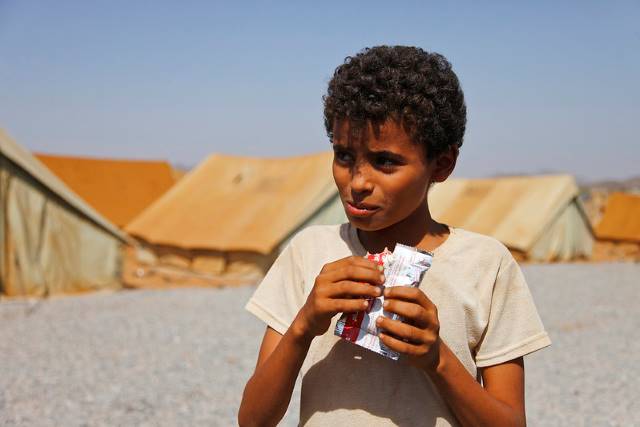 President Biden announced his plan to end all U.S. involvement in the war in Yemen in February 2021. The President stated the U.S. will take on a mediator role with a focus on ending the war instead. This reversal is one of many steps Biden feels will serve as a course correction for U.S. foreign policy. The Trump administration and many others prior have often taken the side of foreign authoritarian leaders all for the sake of stability. This has only aggravated the humanitarian crises in conflict-riddled countries like Yemen. The U.S. is working to remedy its contribution to the dire state of war-torn Yemen.
President Biden announced his plan to end all U.S. involvement in the war in Yemen in February 2021. The President stated the U.S. will take on a mediator role with a focus on ending the war instead. This reversal is one of many steps Biden feels will serve as a course correction for U.S. foreign policy. The Trump administration and many others prior have often taken the side of foreign authoritarian leaders all for the sake of stability. This has only aggravated the humanitarian crises in conflict-riddled countries like Yemen. The U.S. is working to remedy its contribution to the dire state of war-torn Yemen.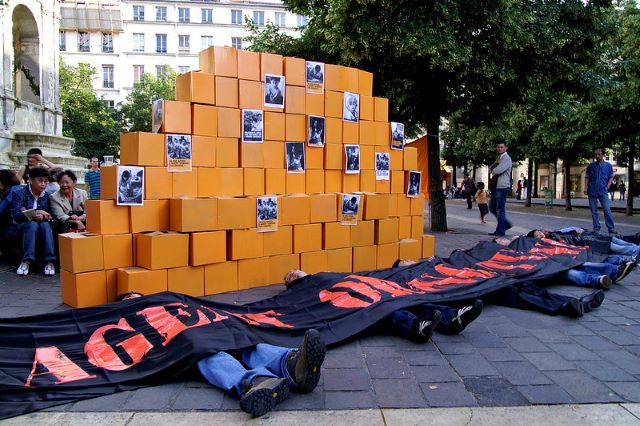 As the United States fought its campaign against North Vietnamese forces during the Vietnam War, part of the military’s strategy included the deployment of Agent Orange, a chemical weapon used to defoliate jungles to expose enemy positions. The toxin was heavily used and has had disastrous health and environmental effects. Now, the United States is leading Agent Orange cleanup efforts in Vietnam. USAID is taking the charge to continue its environmental restoration efforts.
As the United States fought its campaign against North Vietnamese forces during the Vietnam War, part of the military’s strategy included the deployment of Agent Orange, a chemical weapon used to defoliate jungles to expose enemy positions. The toxin was heavily used and has had disastrous health and environmental effects. Now, the United States is leading Agent Orange cleanup efforts in Vietnam. USAID is taking the charge to continue its environmental restoration efforts.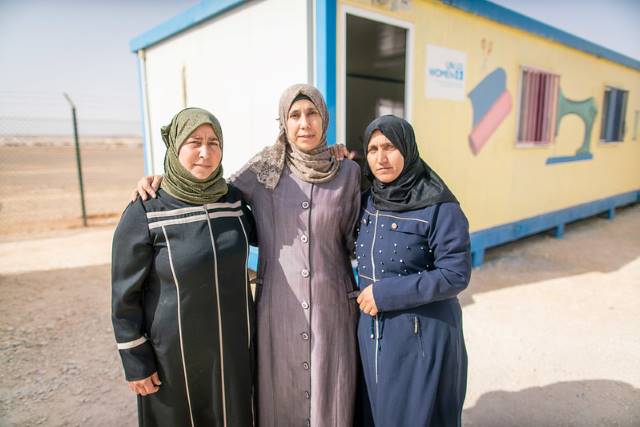 The year 2020 has taught the world a series of valuable lessons. Still, one that strikes most potent is the importance of women’s presence in critical fields, such as conflict resolution. For years this issue has received a poor reputation for ineffectiveness and persistent recidivism, specifically due to continued violence. However, the recent inclusion of women in conflict resolution changes this, transforming the field as the world knows it. Since 2016,
The year 2020 has taught the world a series of valuable lessons. Still, one that strikes most potent is the importance of women’s presence in critical fields, such as conflict resolution. For years this issue has received a poor reputation for ineffectiveness and persistent recidivism, specifically due to continued violence. However, the recent inclusion of women in conflict resolution changes this, transforming the field as the world knows it. Since 2016, 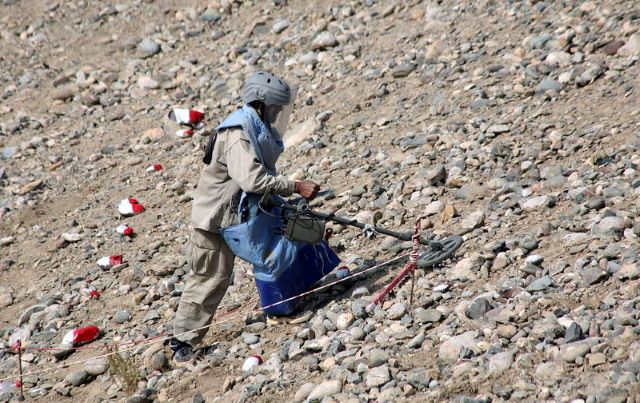 Russian intervention may have ended the latest bouts of
Russian intervention may have ended the latest bouts of 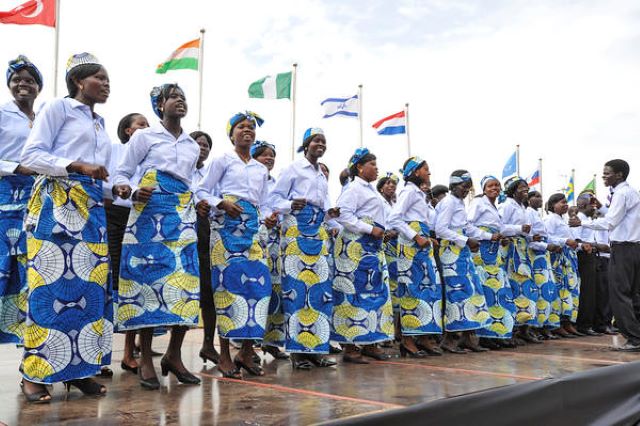 Since the beginning of the Sudanese civil war in 1983 that split the north from the south, the conflict in South Sudan has cost thousands of civilian lives and fractured the society in the region. The fallout from the civil war led to tribal conflict that is still ongoing and oftentimes the victims of these “total wars” are women. For this reason,
Since the beginning of the Sudanese civil war in 1983 that split the north from the south, the conflict in South Sudan has cost thousands of civilian lives and fractured the society in the region. The fallout from the civil war led to tribal conflict that is still ongoing and oftentimes the victims of these “total wars” are women. For this reason, 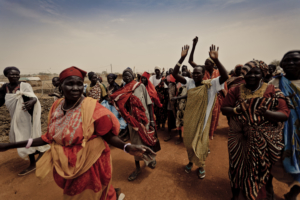
 War and conflict exacerbate existing poverty. According to the World Bank’s
War and conflict exacerbate existing poverty. According to the World Bank’s 